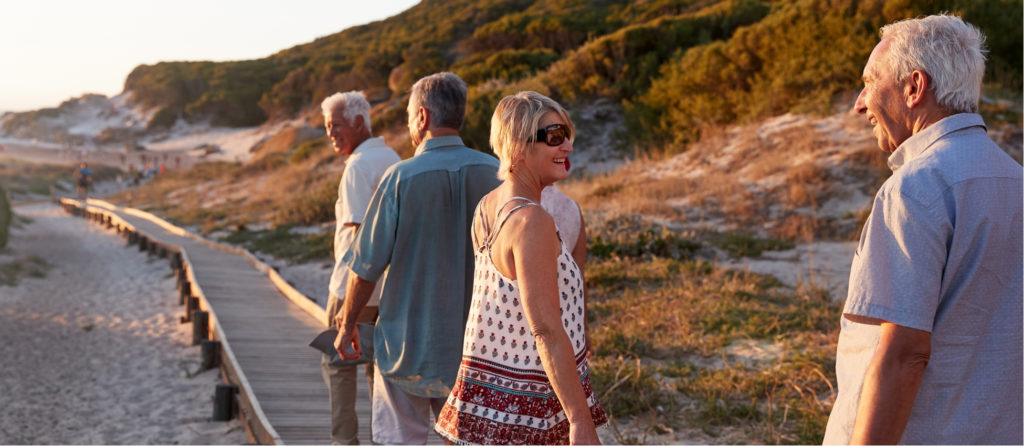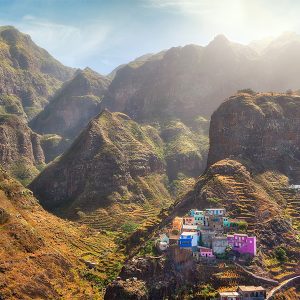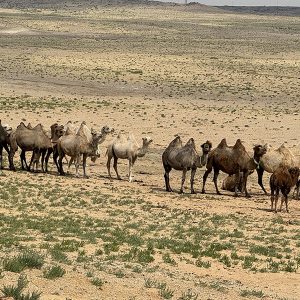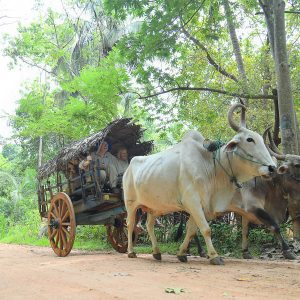Natasha Blair flew to Sri Lanka, an emerging destination, to explore areas largely unknown to visitors.
After a long flight, the first thing I did was to take advantage of a foot massage at the Ayurvedic Spa in my hotel. Ayurveda originated in India but being close to Sri Lanka, there are spas that specialise in their holistic treatments. Although only a foot massage, with soothing music, I nearly fell asleep.
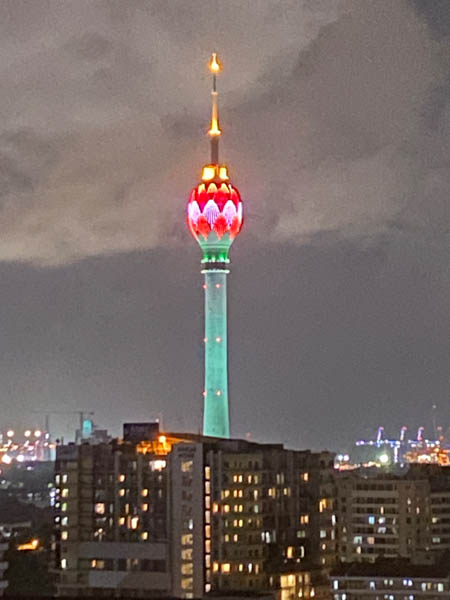
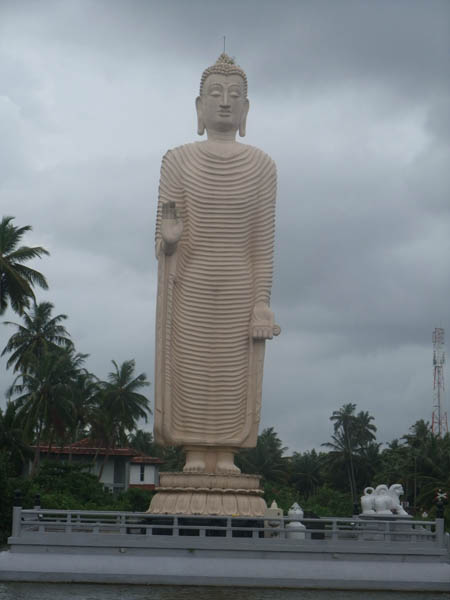
Seventy percent of the country is Buddhist, and approximately ten percent Hindu, Christian, and Muslim. Buddhas or other religious figures are everywhere – the bigger the better. Standing 18.5m high at Prali Paraleya, a memorial commemorates the lives lost in the Tsunami. A small museum has photographs of the destruction caused.
Ridee Viharaya, known as the Buddhist Silver Temple, is one of the oldest monasteries in the world, and a centre for both worship and learning. The Temple walls have painted murals and frescoes depicting scenes of Buddhist mythology. A smaller temple within the extensive grounds has a lotus flower carved in its roof which I was told to touch while making a wish. In a cave, accessed by a steep path, we sat on cushions, and were taught how to mediate by a Buddhist monk, dressed in traditional bright orange attire.
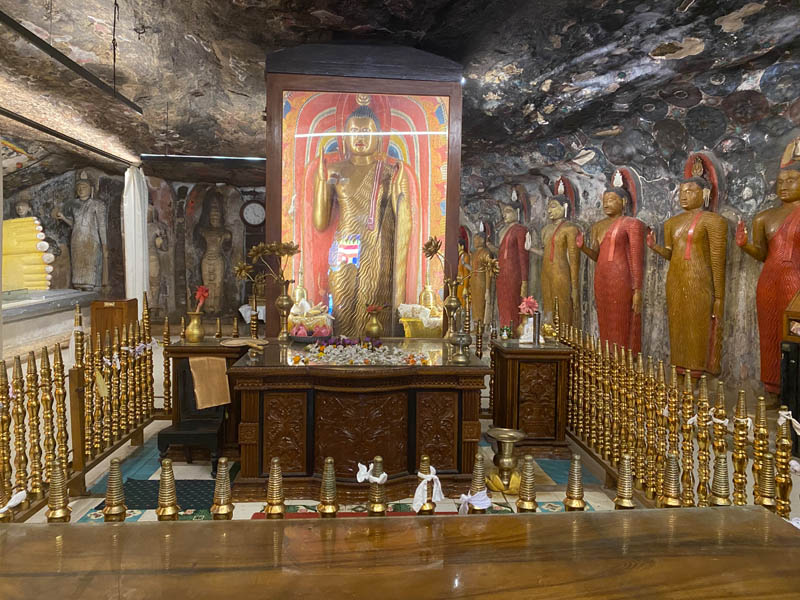
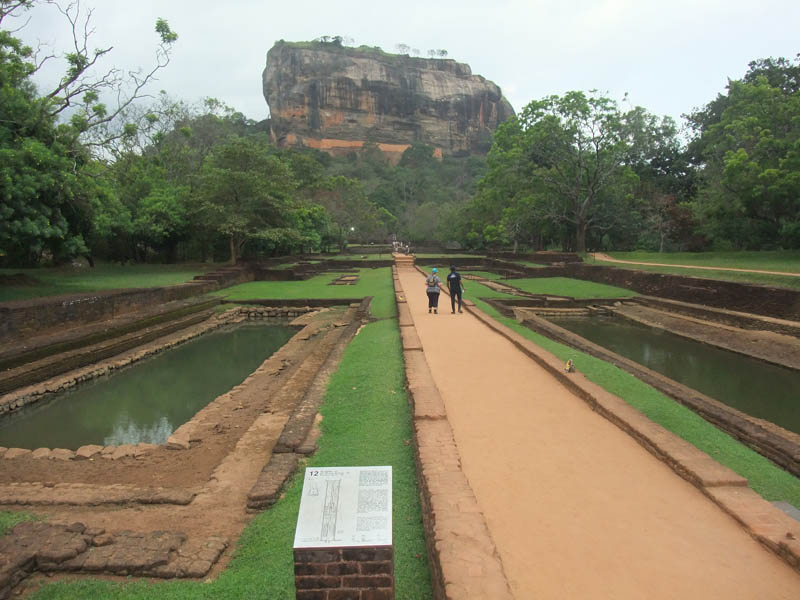
Around 500 AD King Kashyapa built his winter palace and fortress with symmetrical water gardens at ground level of a massive rock, with his summer one, 1,232 steps, on the top. Called Sigiriya, the Lion Rock, it is one of eight UNESCO World Heritage Sites. Halfway up is a sheltered gallery of original frescoes ‘The Heavenly Maidens’ painted on the sheer rock face. Excavations were started on the winter palace but later abandoned.
At Hurulu Eco Park, we rode in an open jeep where I was able to stand up while looking for signs of wildlife. The first animal we saw was a chicken, apparently the emblem of Sri Lanka, which gave us all a good laugh. Peacocks are native to the country, and we saw several, as well as other brightly coloured birds before we came across our ultimate aim: elephants.
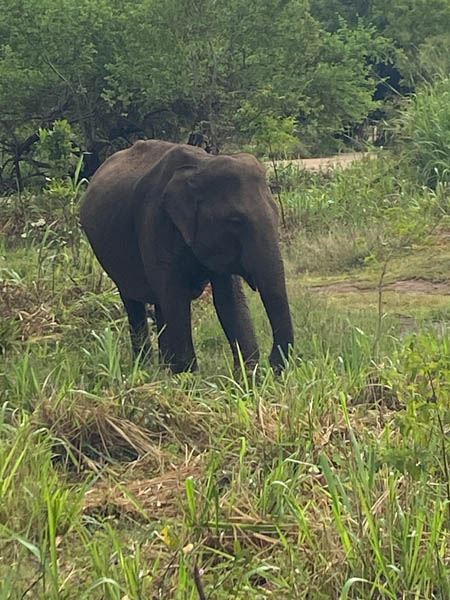
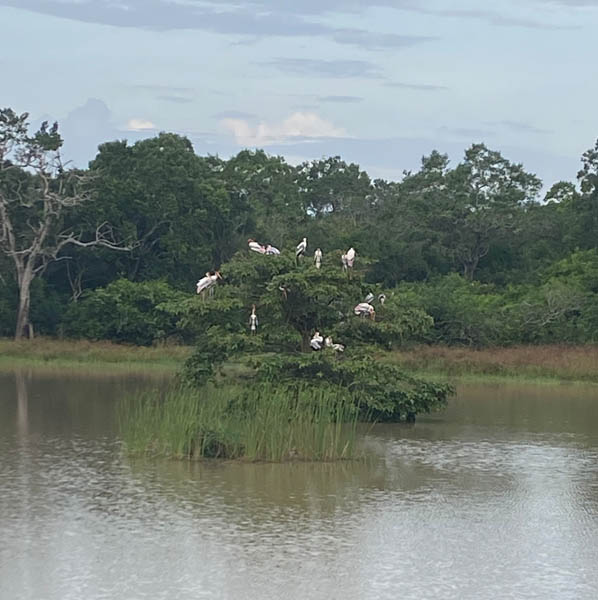
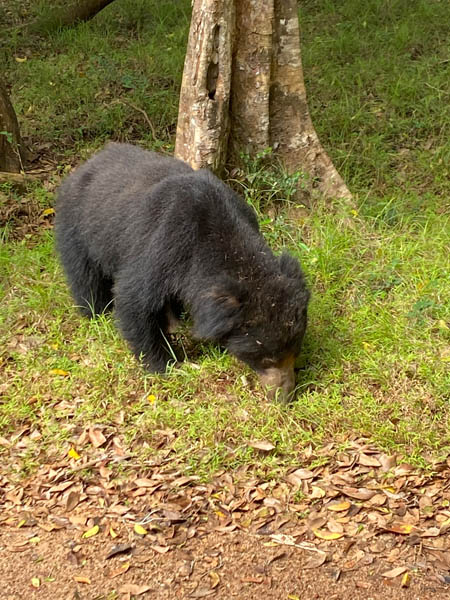
Wilpattu, the country’s largest safari park, is famous for its leopards. This time our jeep was covered. Initially, we saw deer and clusters of storks in a tree but were overjoyed when our jeep came to an abrupt halt and our driver pointed to a clump of trees. In the distance we could see the outline of something yellow, a leopard.
The highlight of our safari, until we found that the other jeep carrying members of our group, actually saw the leopard walking along the path. However, our enthusiasm heightened when we came across a black sloth bear just a few feet from our jeep, nibbling the grass, and totally ignoring us.
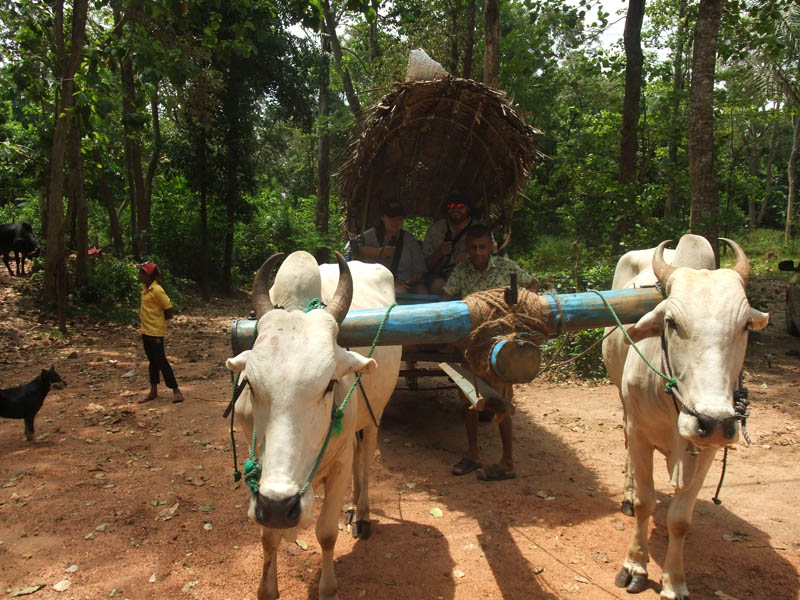
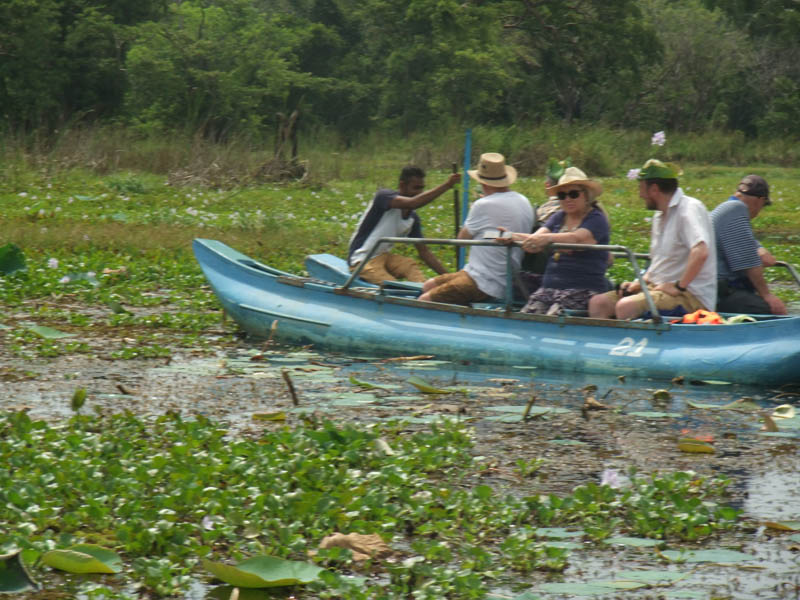
Hiriwadunna Village has been preserved to give visitors an idea of what rural life used to be like. Riding in a cart drawn by two bullocks, we bumped along a path to the edge of an enormous man-made lake. Climbing into a small boat we were rowed among the greenery where lotus flowers were growing. It was magical. Climbing out of the boat on the other side of the lake we were led to a wooden building where a typical meal of curries, mango, young jackfruit, spicy chicken and rice were cooked for us. Dhanushka, we called him Danny, our guide ate, in the traditional way, with his hands while the rest of us chose knives and forks.
We travelled from the bottom to the very top of the country. Everywhere was green and lush. Every so often we drove alongside one of the many manmade lakes used, among other things, to irrigate the rice paddies. Clusters of flowers and lilies floated on the water. Huge coconut trees are everywhere. By the side of the road, dogs sleep, cows graze, and on several occasions, we saw elephants that had wandered out of one of their national parks.
During my visit, the weather was hot and humid. Danny, told us that when visiting it’s important to check out which part of the country you’re going to as the monsoon season varies, depending on where you are. The food, mainly curries, for me were delicious. The hotels also have food that you would find in the UK. Drinks are cheap. The local Lion beer cost as little as £2.20 a bottle, depending on where you buy it!
A holiday to remember – one for your bucket list.
Next steps
To plan and book your holiday to Sri Lanka, call Silver Travel Advisor on 0800 412 5678.
